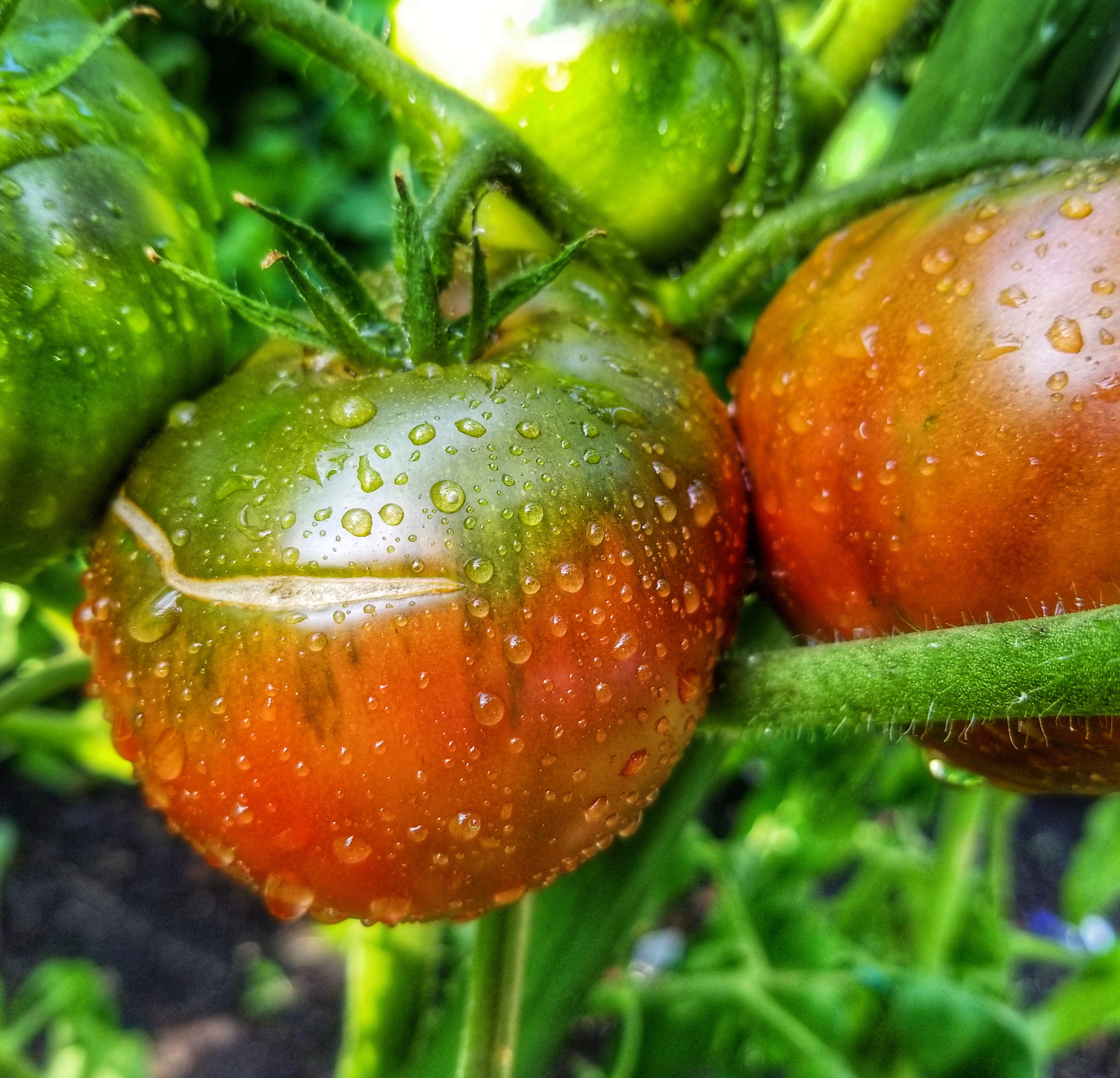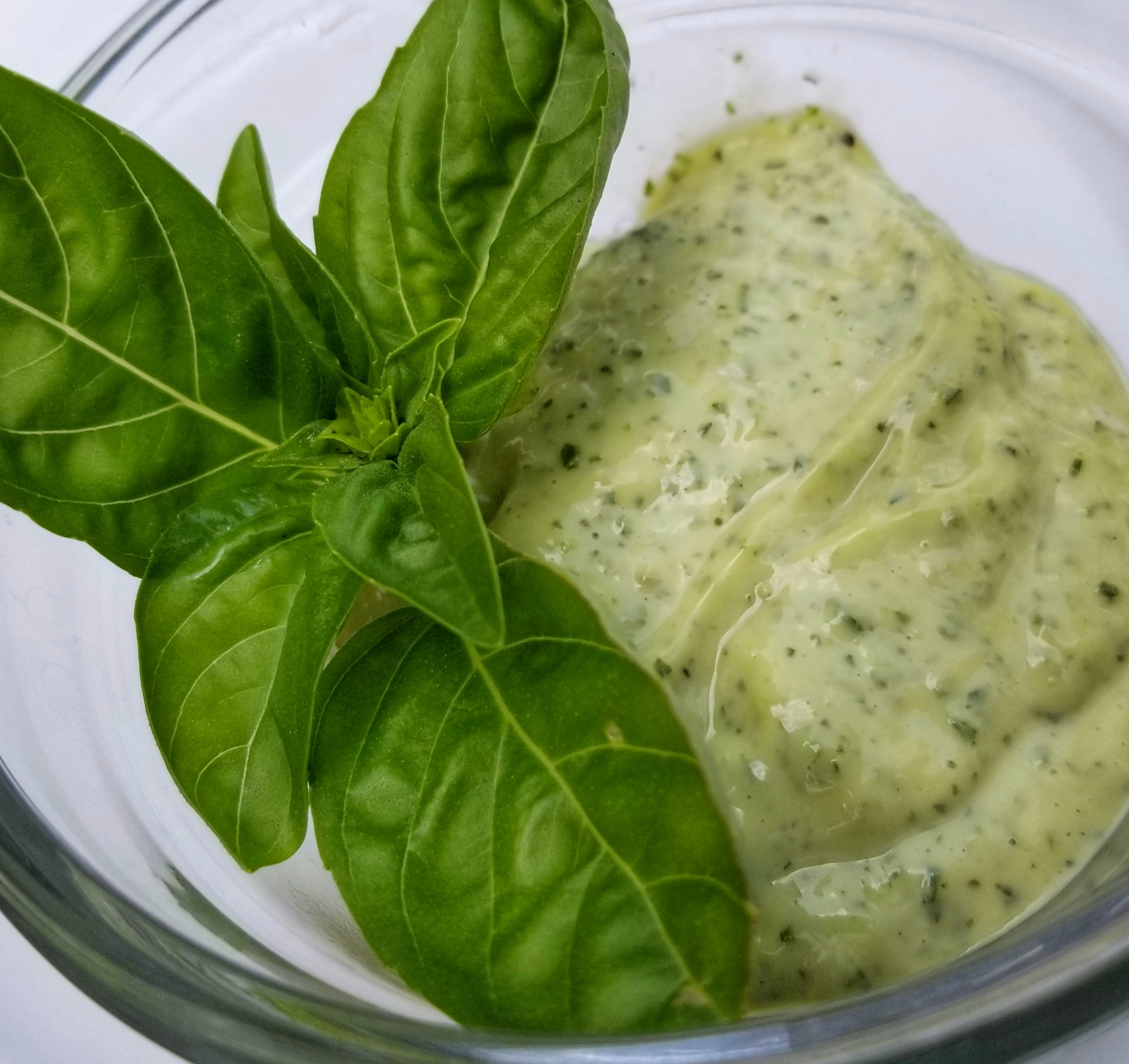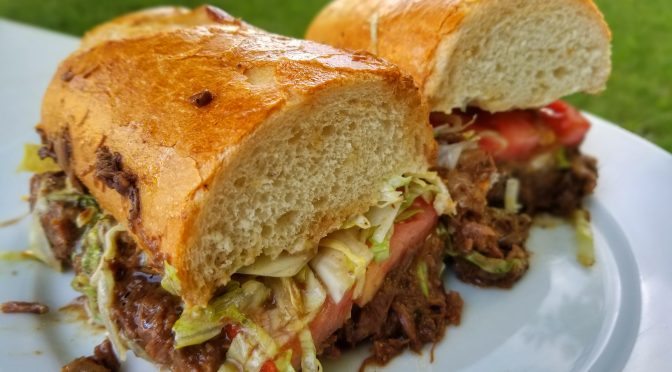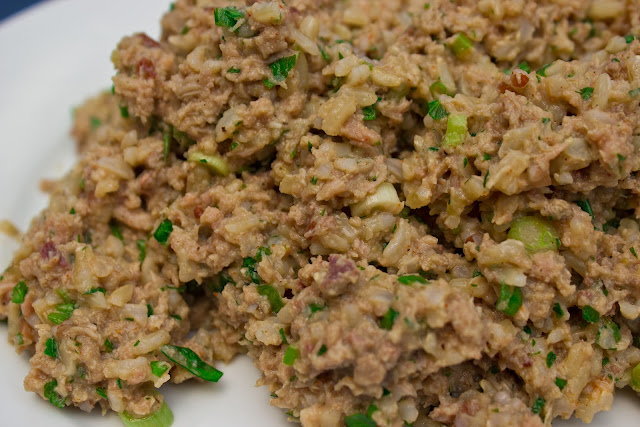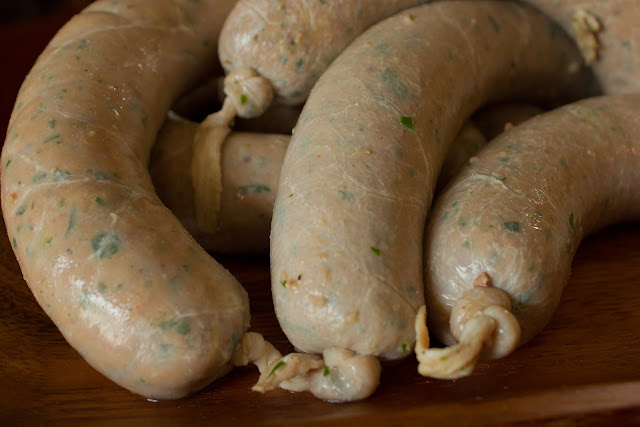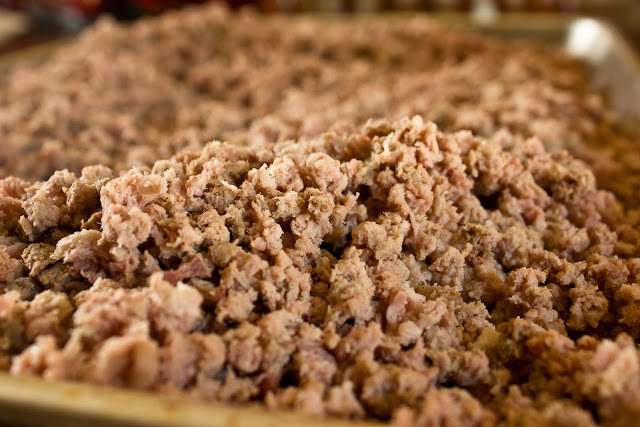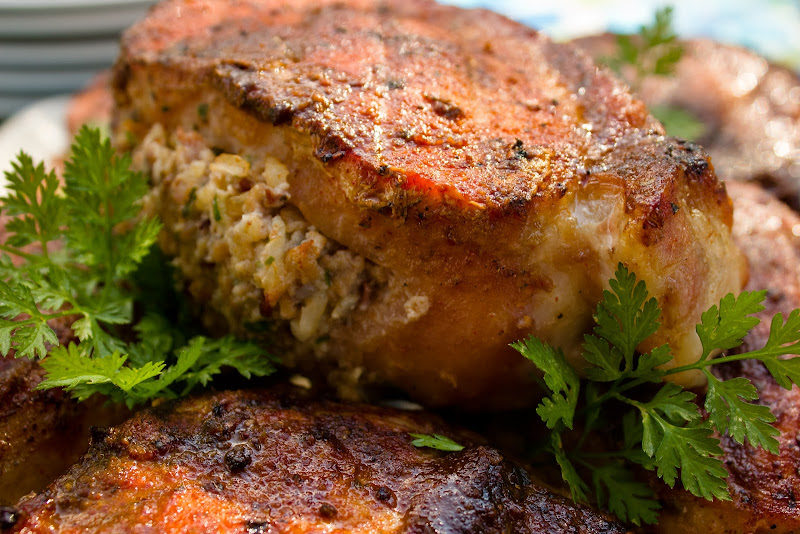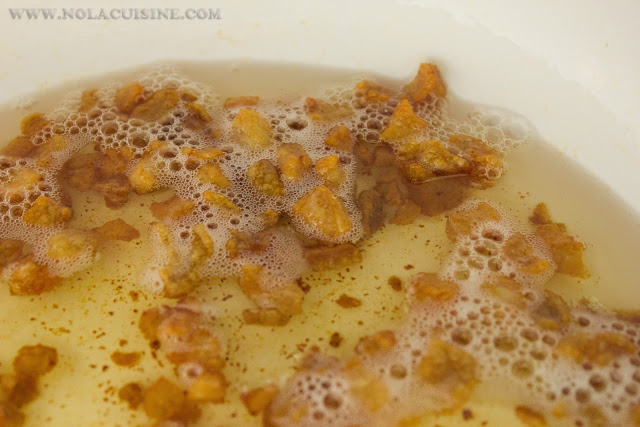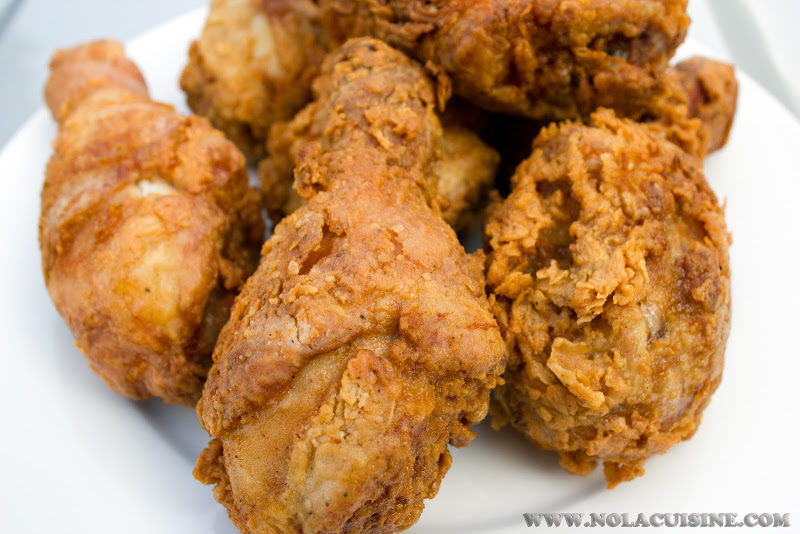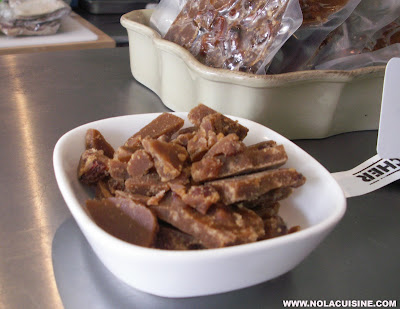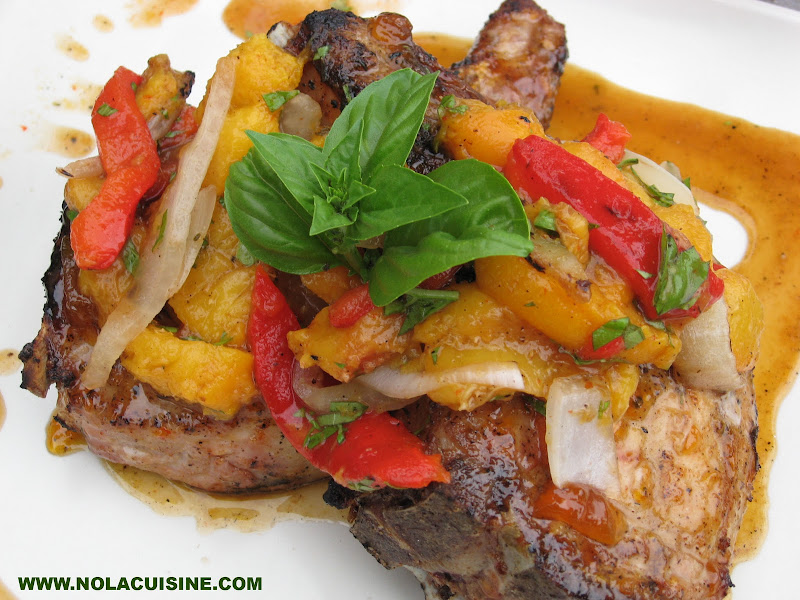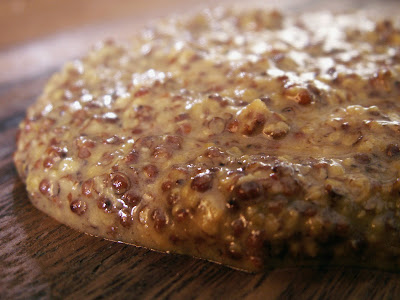



 by
by 
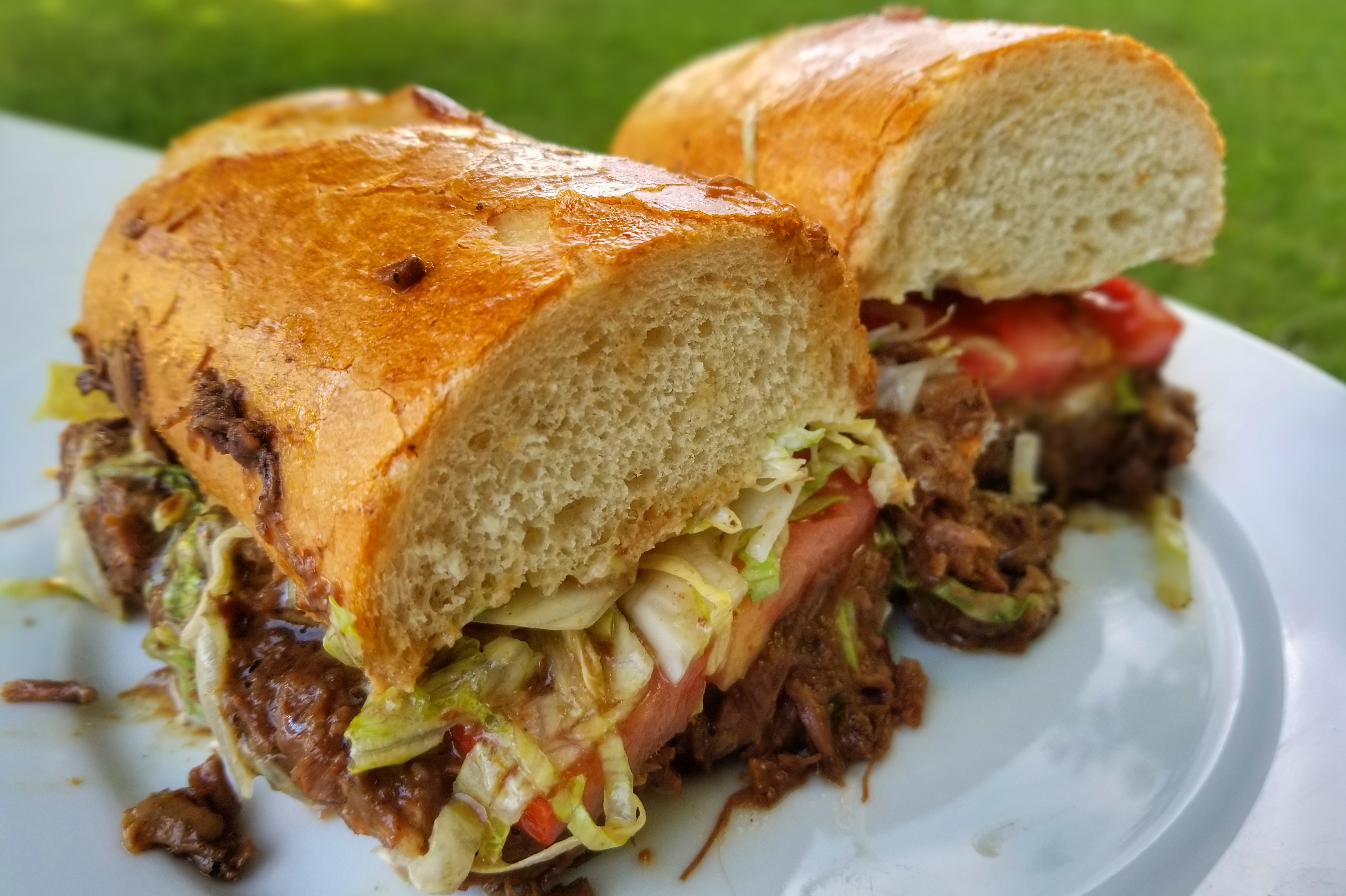
I’ve said it before and I’ll say it again…the first meal I go to off of the plane when I get to New Orleans is a sloppy Roast Beef Po Boy, it simply says “home” to me. I just recently saw a facebook southern foodie friend go into Parasol’s for a Roast Beef and received a comment along the lines of “why did you go to the gulf coast for Roast beef?”
The answer, dear reader, is that it is the quintessential Po Boy and sandwich of New Orleans. It’s a neighborhood specialty that folks grew up on, sitting in a dark tavern or pub with the odor of stale beer omnipresent, music moaning from a tinny jukebox or half assed speaker system. To be honest, and probably no secret to anyone with eyes, the place is probably not that clean. The conversation in the room could come from anyone… bums, judges, good time charlies, tourists, lawyers, construction workers or a group of high school kids in for a bite after school.
A neighborhood restaurant.
Everyone’s welcome and everyone is there.
Maybe the reason I make that meal my first one is to step into some real local color.
Then again, maybe it’s just the sandwich.
When done right it’s loaded with fall apart Roast Beef, waves of gravy made ever more creamy by generous slatherings of Mayonnaise, the first bite makes the French Bread and the sandwich collapse, leaving you elbow deep in gravy with fringes of shredded lettuce and pieces of tomato and pickle hanging from your wrist.
Don’t worry, nobody’s looking…or I should say, nobody’s judging. It’s all part of the experience. Enjoy. Relax.
It seems these days there are two camps of Roast Beef Po Boy enthusiasts as these neighborhood joints are a dying breed. Parasol’s and Parkway. I’ll take them both, each a little different, each on the high side of what I think of as a Roast Beef Po Boy. Good bread, good gravy, fall apart meat, and good local color as company.
This is my humble nod to the Parkway Bakery & Tavern Roast Beef Po Boy, I’ve gathered a few secrets from this article:
In Judy’s Kitchen Parkway Roast Beef Po Boy
Parkway Bakery & Tavern
538 Hagan Ave
New Orleans, LA 70119
I put my own spin on this recipe for those who aren’t close enough to grab one when the urge strikes. Be advised this is not highfalutin food. Don’t be shocked to see things like Kitchen Bouquet and Cream of Mushroom Soup, these are neighborhood recipes made by regular folks. Don’t judge as they don’t judge when you’re sliding off of the table from the gravy and blue plate mayo.
If you’ve had the pleasure of having a good Roast Beef Po Boy in New Orleans and are from elsewhere, this is the recipe for you. This along with my Parasol’s Roast Beef Po Boy Recipe are damned authentic and will scratch that itch for you….provided you can find the right bread.
A note on New Orleans French Bread:
This detail is of utmost importance, as the cooking of the beef, maybe even more so. The bread must be a bit larger than a traditional baguette with a crisp crust, and an almost cotton candy interior. Very hard to find outside of New Orleans, but in Michigan I have found a very sufficient substitute at Fresh Thyme markets. The French Bread there is almost a perfect substitute in my humble opinion, even though they’re a bit highfalutin, organic this and that.
Parkway Po Boy Style Roast Beef Po Boy Recipe
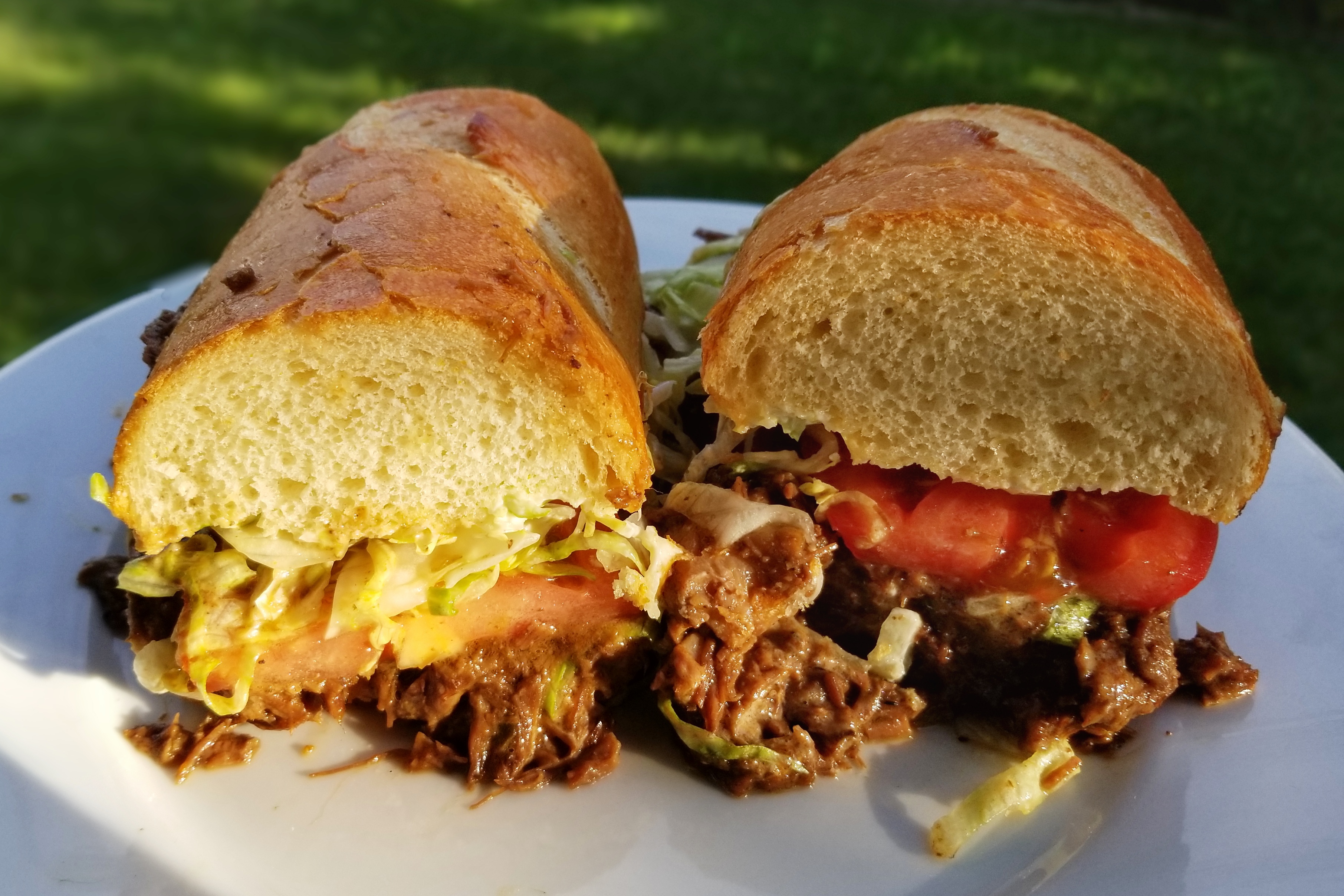
For the roast:
3 1/2 to 4 lb. Beef Chuck Roast
Penzey’s Mural of Flavor Seasoning (not authentic but I like the dimension of flavor it adds)
Kosher Salt
Coarse Black Pepper
Garlic Powder
Onion Powder
Sear the Roast liberally with all of the seasonings. If seasoning the night before omit the salt until just before searing.
2 Tbsp Vegetable Oil
1 Medium Spanish Onion, rough chopped
1 Carrot, rough chopped
1 Celery Rib, rough chopped
3 toes Garlic, chopped
2 Bay leaves
1 bunch Fresh Thyme
12 oz. Beef Stock or canned low sodium Beef Broth
1 – 10.5 oz. can of Campbell’s Cream of Mushroom Soup
1 Tbsp Kitchen Bouquet
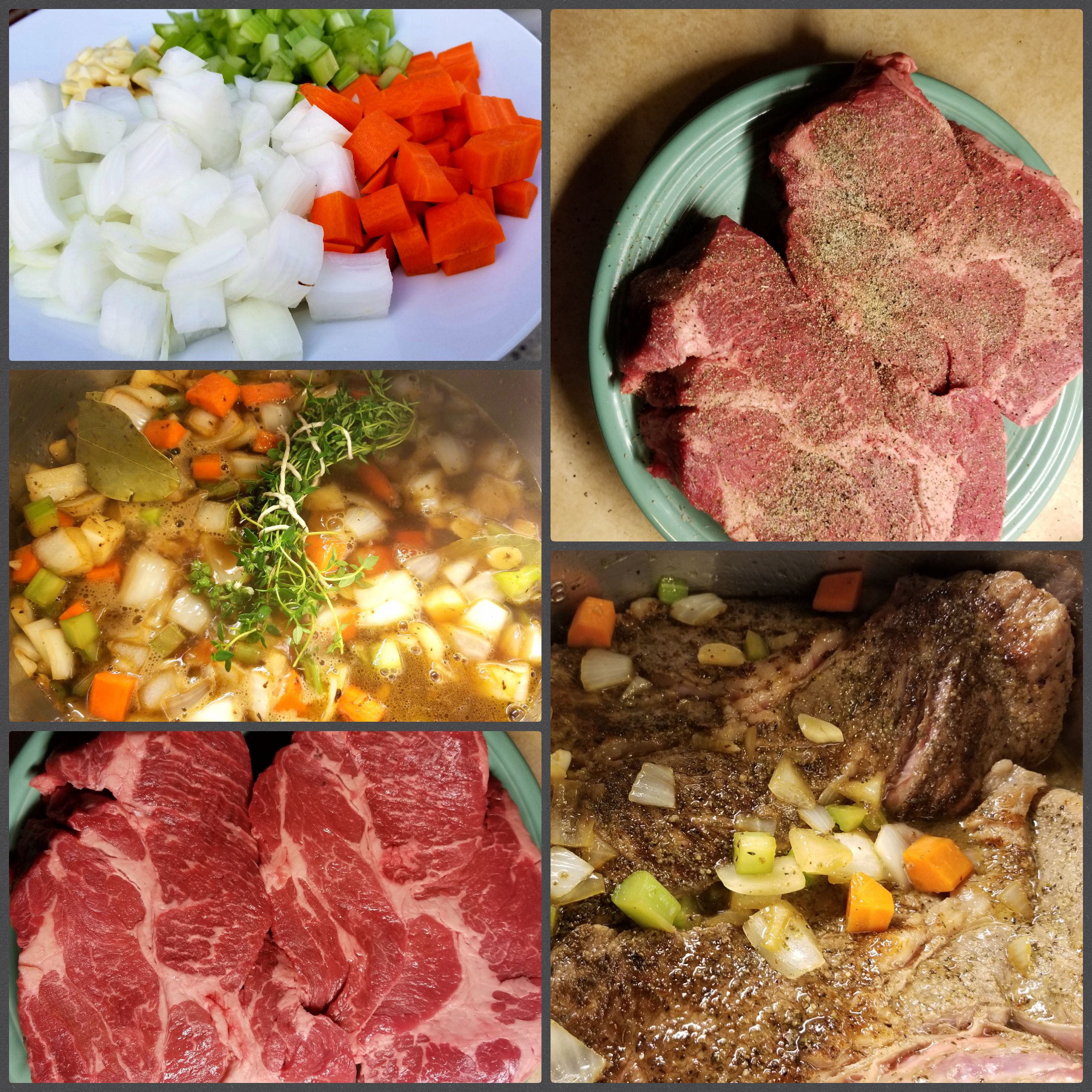
Preheat an oven to 350 degrees F.
Heat the oil in a very hot dutch oven with a tight fitting lid. Sear the seasoned Roast until very brown on all sides. Remove the roast to a plate, reduce the heat to medium, add the onions, carrot, celery, garlic, fresh thyme and bay leaves.
Deglaze the pan using the vegetables, scraping the bottom of the pan with a wooden spoon to remove all of the brown bits, the flavor.
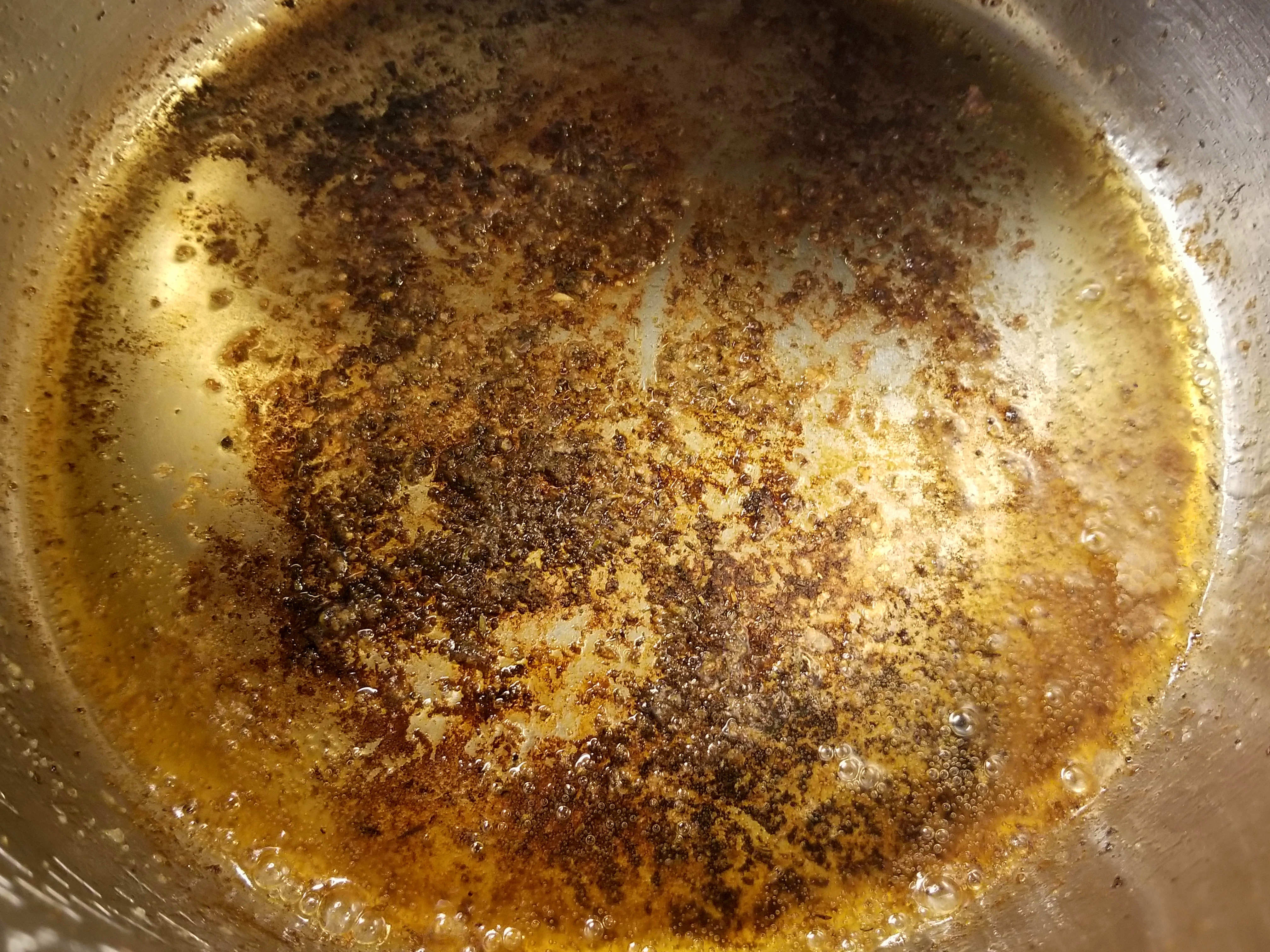
Add the beef Stock, mushroom soup and kitchen bouquet. Bring to a boil, then add the roast back to the pan, ladle some of the liquid and vegetables over the roast, place the lid on and place into the preheated oven for 3 – 3 1/2 hours.
When the roast is fall apart tender, remove from the liquid and refrigerate until easy to slice, about one hour.
In the meantime, strain the gravy, pressing some of the vegatbles through the holes of the strainer. Strain the fat from the top. Return the gravy to the pot and keep on a low flame, I like to add a tsp of garlic powder, reduce until gravy consistency, season to taste with kosher salt and black pepper.
When the roast is quite cool, “slice” but it will be more like making it fall apart. Slice the meat with a very sharp knife across the grain. Add the meat back to the gravy and heat through, check the seasoning again, keep warm on a very low flame.
For the Po Boy:
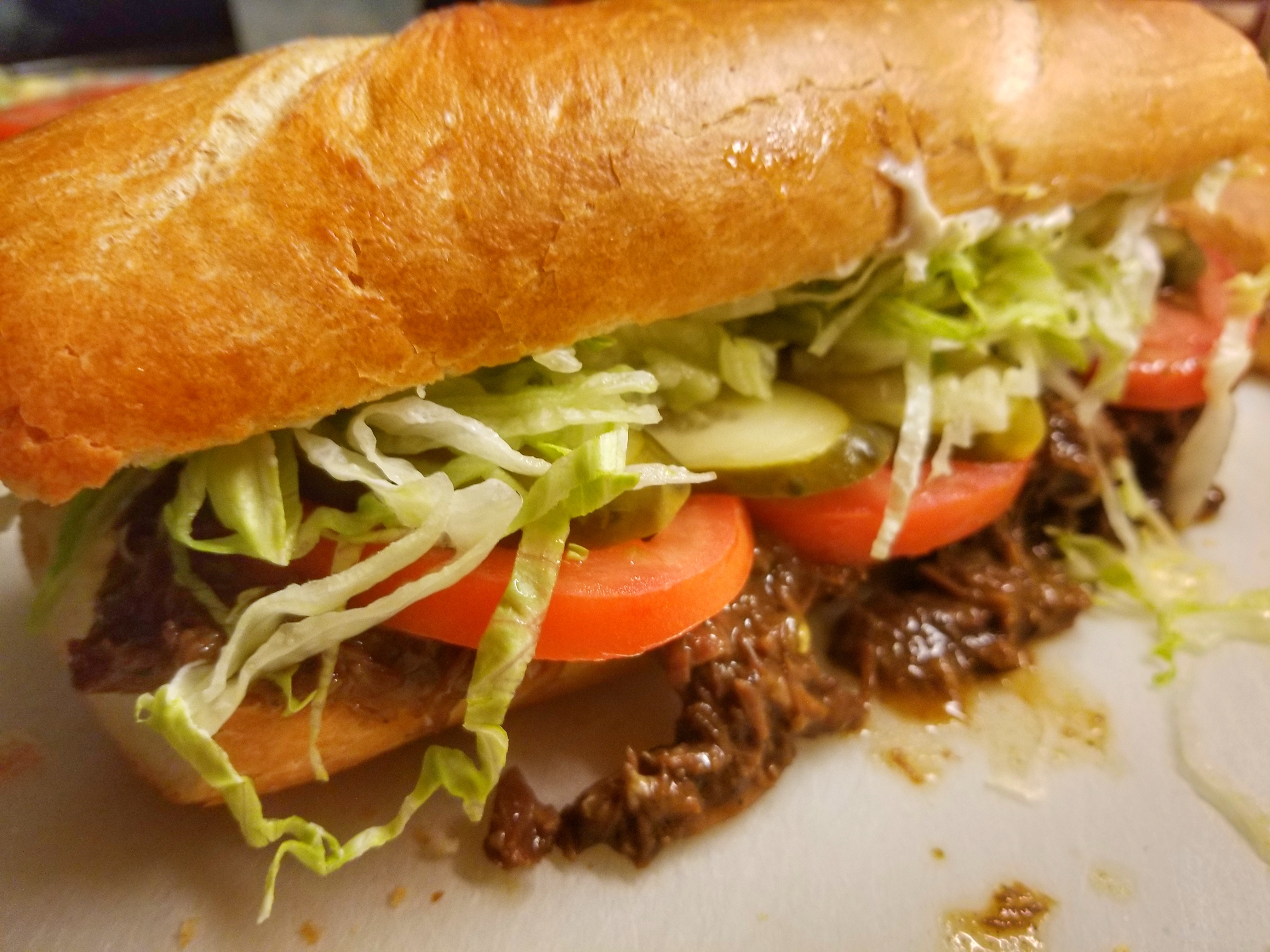
1 Loaf New Orleans Style French Bread (Crispy Crust, soft center)
2 Cups Shredded Lettuce
2 Beefsteak Tomatoes, sliced
2 Dill Pickles, sliced
Good quality Mayonaise, Blue Plate if you can get it or Hellman’s
Roast Beef with Gravy (see above)
Cut the bread in half lengthwise and toast.
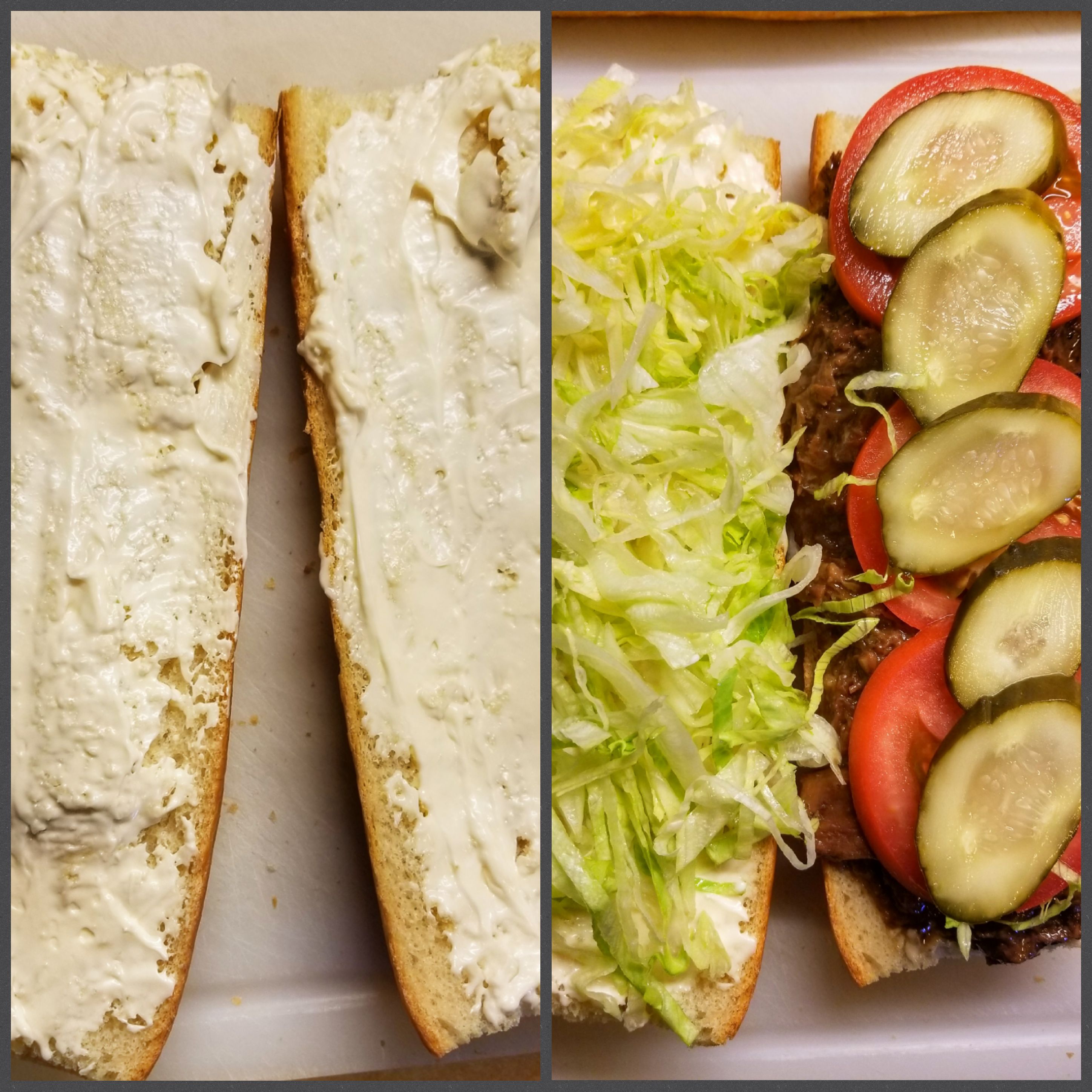
Slather mayonnaise on both sides of the toasted French Bread, put a generous helping of the Roast Beef mixture on the bottom half of the bun, followed by the tomatoes, then pickles, then the shredded lettuce. Put the lid on then slice in half. Serve with a cold beverage and a very large stack of napkins.

Serves 3 to 4 depending on how generous you are with the meat.
Other sandwich recipes on Nola Cuisine:
Parasol’s Roast Beef Po Boy Recipe
Roast Beef Po Boy with Debris Gravy
Central Grocery Style Muffuletta Recipe
Muffuletta Bread Recipe
Muffuletta Olive Salad Recipe




 by
by 


